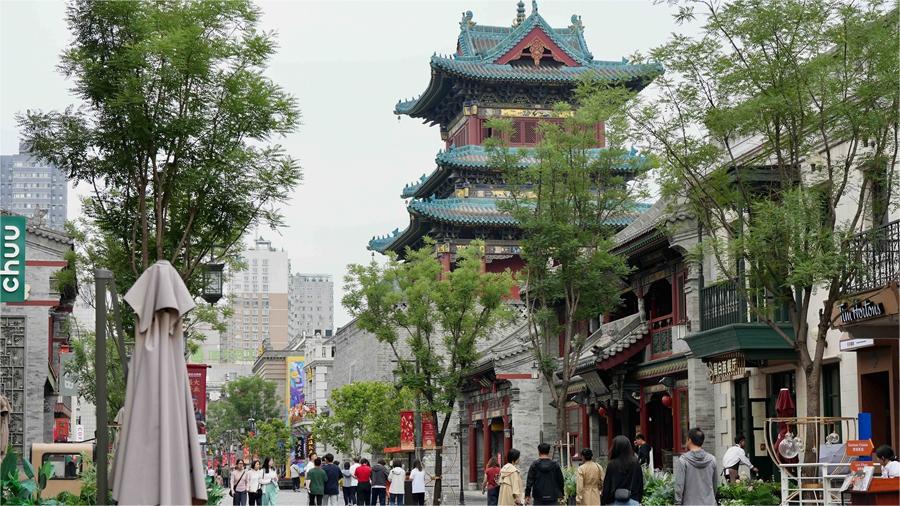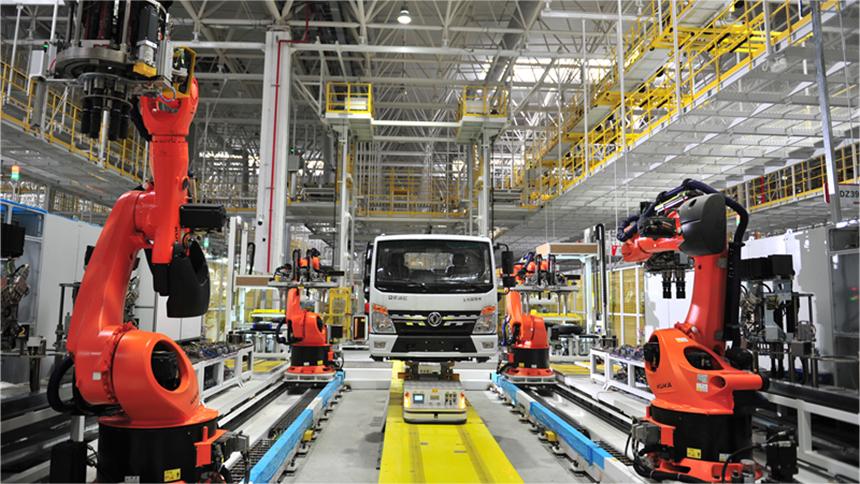Shanghai speeds up efforts to build itself into sci-tech innovation center with global influence
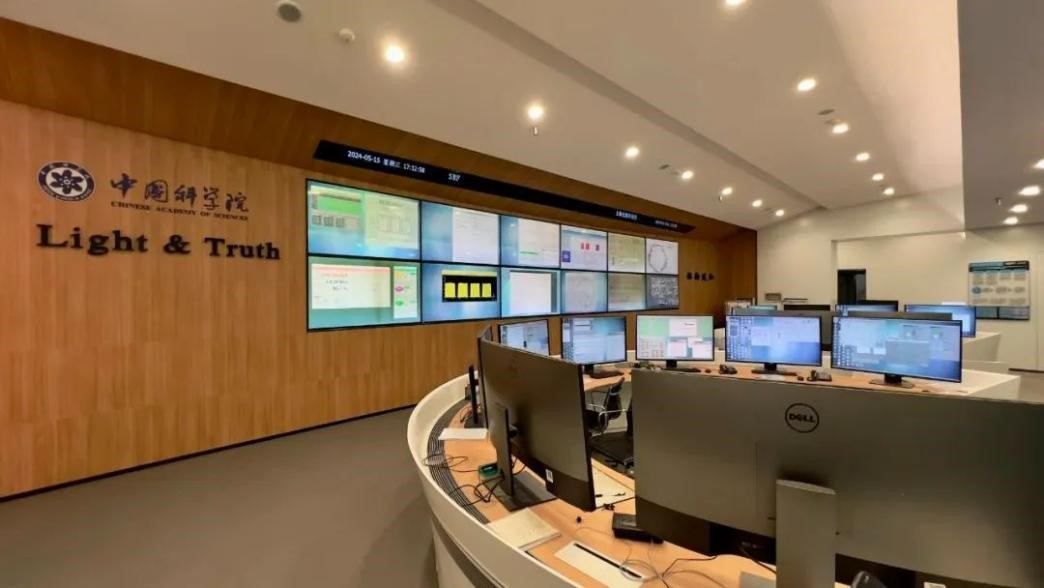
Photo shows the central control room of the Shanghai Synchrotron Radiation Facility. (Photo provided by the Shanghai Synchrotron Radiation Facility)
A humanoid robot developed by a company in the Zhangjiang AI Robot Valley, Shanghai, has gained new capabilities. Apart from walking rapidly and avoiding obstacles, it is now able to wave its two robotic arms freely, recognize different scenes, and learn. The robot may perform many professions in the future.
"Previously, such technological upgrades would take at least three to five years. Now, with the training by AI large models, the robot has upgraded in just half a year," said Gu Jie, founder of Fourier Intelligence, the developer of the humanoid robot.
According to Gu, the rehabilitation robots developed by the company have been commissioned in more than 2,000 medical institutions.
Speaking of the changes in Zhangjiang, Gu, who has been running a business there for many years, said: "More and more multinational companies and innovative companies are settling in Zhangjiang, making it easy for us to seek all kinds of talent, upstream and downstream companies, and application scenarios."
In recent years, Shanghai, strengthening its efforts to build itself into a source of technological innovation, has followed a development pattern driven by both technological innovation and institutional innovation, accelerated its stride toward becoming a globally influential science and technology innovation center, and achieved a significant leap in its comprehensive scientific and technological strength as well as overall innovation efficiency.
Shanghai has made a series of major scientific and technological breakthroughs in domestically-produced large aircraft, domestically-built cruise ships, deep space exploration, and deep-sea endeavors. It has also achieved many "firsts" in somatic cell monkey cloning and single chromosome eukaryotic cells.
Shanghai continues to lead the nation with a high-value invention patent ownership of 50.2 per 10,000 people. The framework for building Shanghai into an international science and technology innovation center has basically been done, and Shanghai is now accelerating efforts to strengthen its functions.
The construction of upgrades to the Shanghai Synchrotron Radiation Facility (SSRF), a key sci-tech infrastructure to reveal the mysteries of the microscopic world, passed the national inspection and acceptance in Shanghai on May 15, which will greatly improve the experimental research capabilities of the light source.
"The SSRF is like a 'scientific research aircraft carrier', bringing together a group of top scholars and outstanding teams from home and abroad. At present, we are intensively conducting preliminary research on next-generation light source facilities to pursue brighter and stronger light beams," said Zhao Zhentang, an academician of the Chinese Academy of Engineering and director of the SSRF.
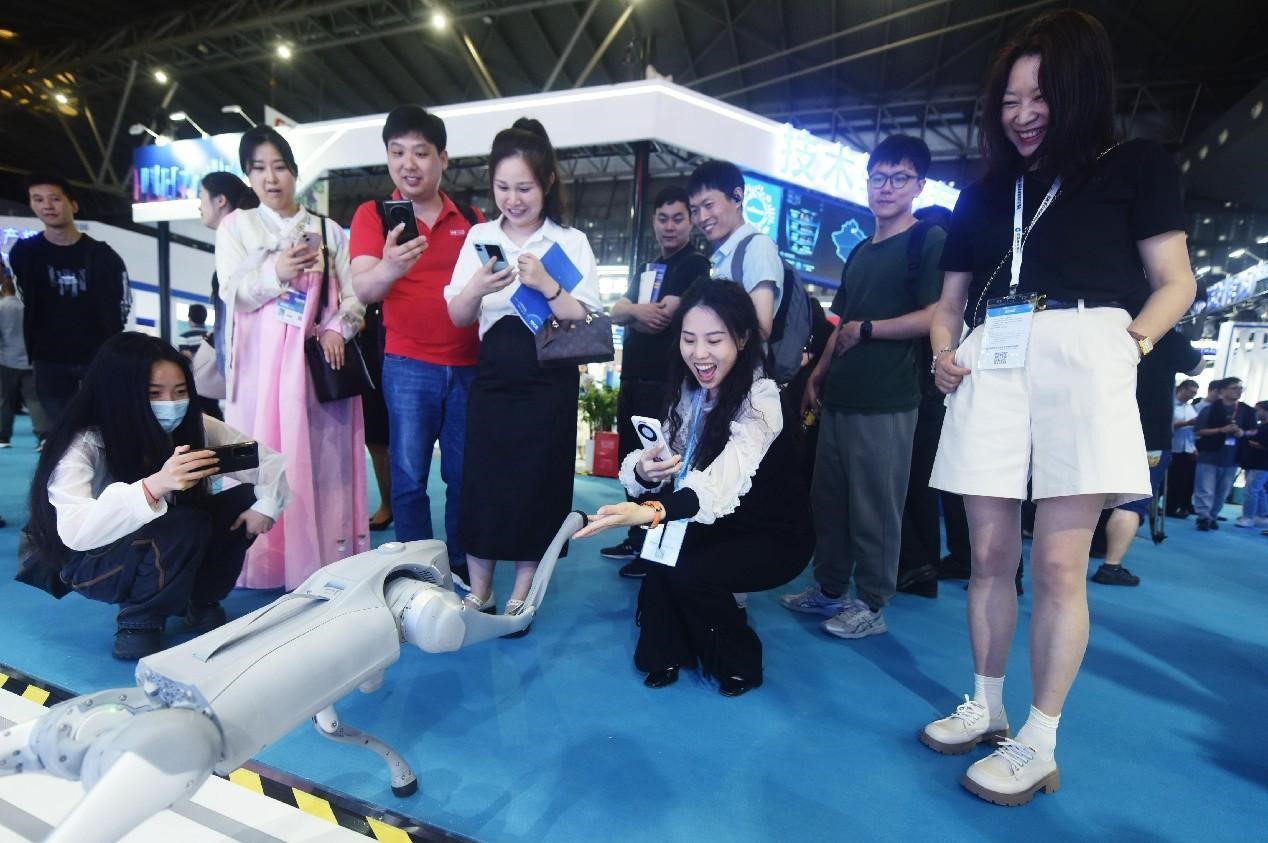
A woman interacts with a robotic dog at the 10th China (Shanghai) International Technology Fair, June 12, 2024. (Photo by Long Wei/People's Daily Online)
Shanghai has consolidated its foundations and built platforms to become a source of innovation. The city's R&D investment intensity has increased from 3.4 percent in 2014 to 4.4 percent in 2023. Focusing on fields such as photonics, life sciences, and artificial intelligence, Shanghai is accelerating the construction of clusters of major scientific and technological infrastructure. Twenty relevant facilities have been built, are under construction, or are planned. Besides, Shanghai is home to more than 80 high-end national scientific research platforms.
The driving force comes from reform. Focusing on the key links concerning innovation entities such as universities, research institutes, enterprises, new R&D institutions, and scientific and technological talents, Shanghai issued and implemented 18 measures for streamlining administration and delegating powers to push forward in-depth reforms of the sci-tech system, and further stimulate the innovative vitality of the society.
"The new measures have given greater motivation to scientific researchers, and the long-term stable investment mechanism allows researchers to settle down and make long-term commitments," said Zeng Xiaoqin, dean of the Office of Research Management, Shanghai Jiao Tong University.
A good innovation ecosystem attracts talents from all directions. Currently, more than 800,000 professionals work in Shanghai's three leading industries: integrated circuit, biomedicine, and artificial intelligence.
In 2023, the three industries reported total output of 1.6 trillion yuan ($220.54 billion), and that of strategic emerging industries accounted for 43.9 percent of the total output of industries with annual revenue of 20 million yuan or more from their main business operations.
At present, Shanghai has more than 500 innovation and entrepreneurship carriers, which are incubating nearly 30,000 enterprises and teams. Besides, the city is home to more than 24,000 high-tech enterprises. There is one listed company per square kilometer in Zhangjiang Hi-Tech Park.
Chen Jining, secretary of the Shanghai Municipal Committee of the Communist Party of China, noted that Shanghai will strengthen its efforts to build itself into a source of scientific and technological innovation. It will unswervingly pursue new quality productive forces and core competitiveness through scientific and technological innovation, and strive to achieve new breakthroughs in the construction of a globally influential science and technology innovation center.
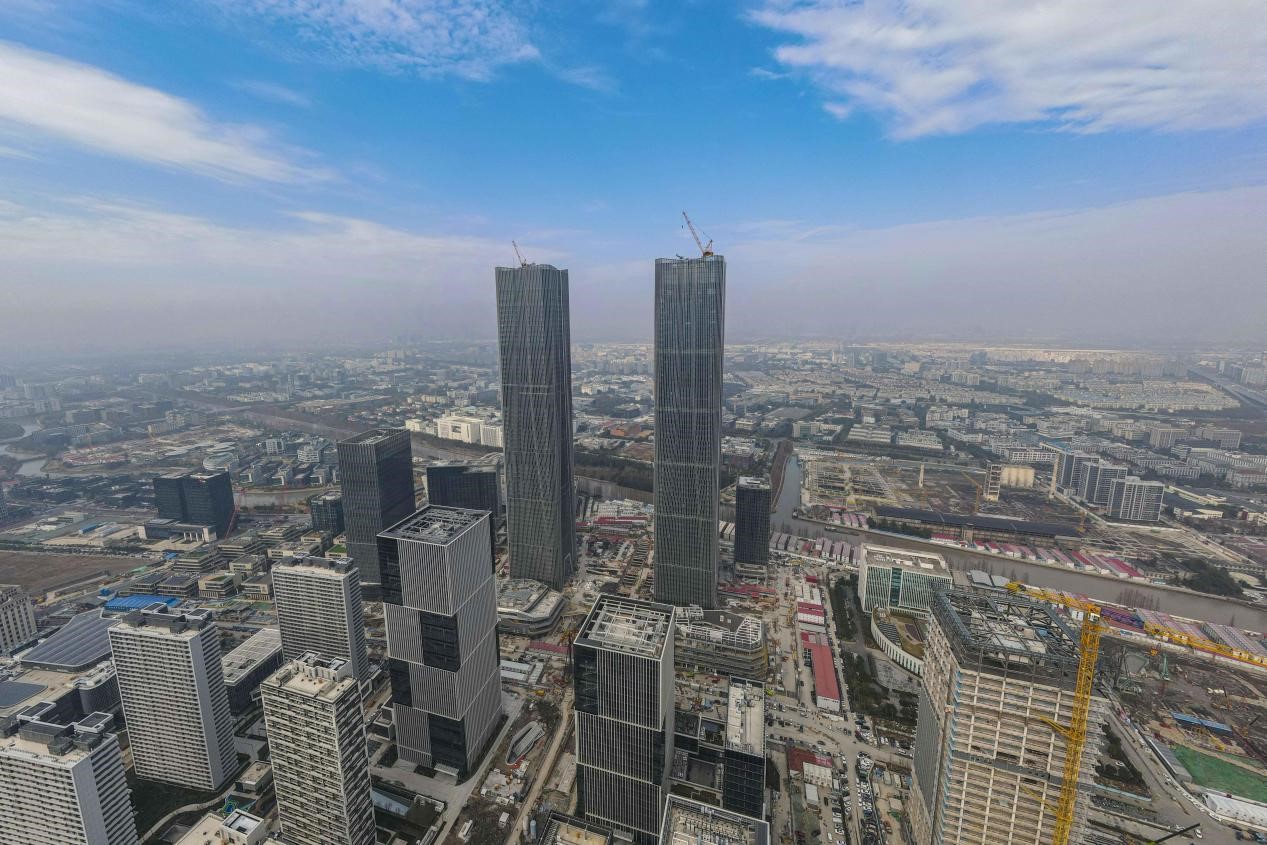
Photo shows the "gate of science" under construction in Zhangjiang, Shanghai. (Photo by Wang Chu/People's Daily Online)
Photos
Related Stories
- China pledges to support central SOEs in issuing sci-tech innovation bonds
- China's progress in sci-tech innovation over the past decade
- China’s sci-tech innovation empowers high-tech development
- Chinese Premier stresses improving development quality, efficiency via sci-tech innovation
- China to revise law to promote sci-tech innovation
- China to improve ecosystem for sci-tech innovation
Copyright © 2024 People's Daily Online. All Rights Reserved.






